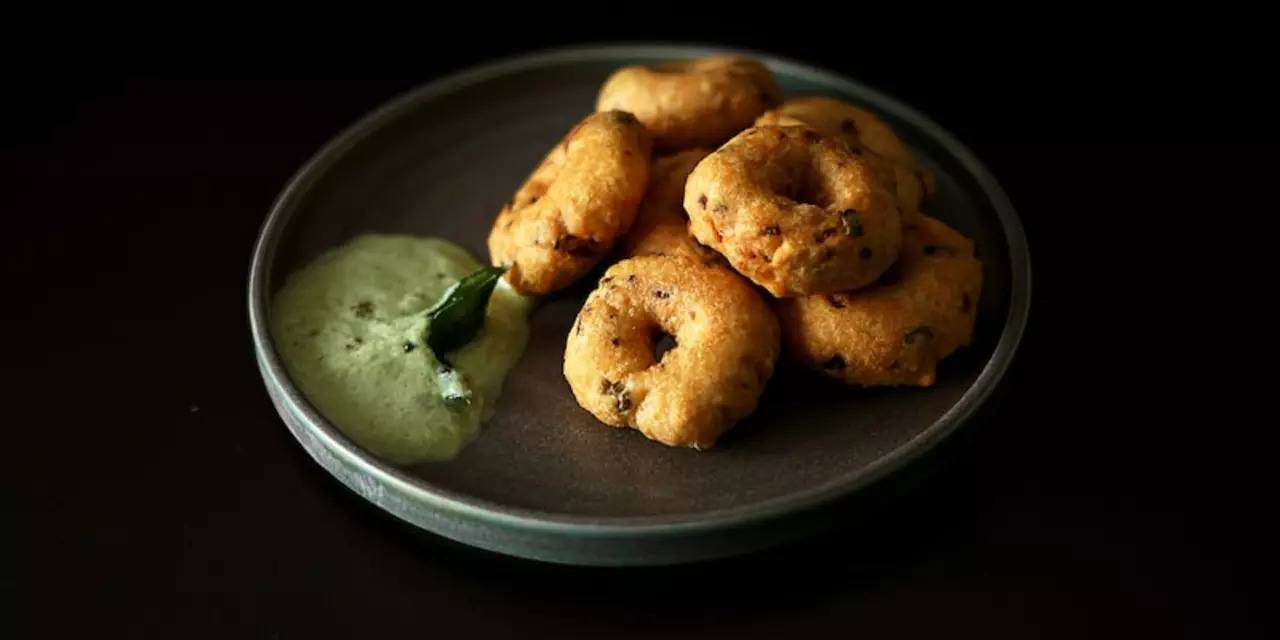Cultural Differences: Why They Matter in Everyday Life
Ever wondered why the same dish tastes totally different in another country? Or why people greet each other with a bow in some places and a handshake in others? Those are cultural differences – the small habits, foods and customs that make each place unique.
Take food for example. Indian naan and Mexican tortillas look alike – both are flat breads – but the ingredients, cooking method and pairings are worlds apart. Naan is soft, baked in a tandoor and meant for spicy curries, while tortillas are thin, cooked on a griddle and perfect for salsa. Knowing this helps you pick the right side dish when you travel.
Food as a Window into Culture
Indian cuisine bursts with spices, regional flavors and slow‑cooked recipes. Each state has its own signature dish, from Kerala’s coconut‑rich stews to Punjab’s buttery parathas. Mexican food, on the other hand, relies on corn, chilies and fresh herbs, often served fresh on the spot. When you taste these meals, you’re actually tasting history, climate and local agriculture.
Snacking habits also show cultural twists. In India, crunchy masala peanuts or spicy samosas pair nicely with cold beer, creating a bold flavor clash that many love. In Mexico, you might find lime‑tossed chips with a cold cerveza. Both combos highlight how locals balance heat, salt and refreshment.
Living Styles: India vs the UK
If you compare daily life, India and the UK feel like night and day. The UK offers orderly public transport, cooler weather and a more predictable cost of living. India dazzles with vibrant festivals, bustling markets and a lower price tag for many items. Both have their pros – the UK’s safety nets and India’s cultural energy.
Housing, too, shows differences. In Indian cities, you often find extended families sharing a flat, which means meals are communal and space is used efficiently. In the UK, single‑person apartments are common, and meals may be quick and solo. Understanding these setups helps you adapt faster whether you’re moving or just visiting.
Even simple greetings differ. In India, you may hear “Namaste” with hands pressed together, while in the UK a simple “Hello” or “How do you do?” works. Both are polite, but using the right one shows respect and eases conversation.
These examples illustrate that cultural differences are not just academic – they affect what you eat, how you speak, and where you feel comfortable. When you notice them, you can avoid awkward moments and enjoy richer experiences.
So next time you travel, order the local street food, try the greeting, and observe daily routines. You’ll discover that the world’s variety is a treasure chest, and every small difference adds a new gem to your understanding.
Remember, cultural differences are easy to notice once you pay attention. Keep an open mind, ask friendly questions, and you’ll fit in faster than you think.
Posted by
Arvind Suryavanshi
0 Comments

Indian food is often perceived to be terrible due to its strong flavors which are unfamiliar to many Westerners, the use of unfamiliar spices, and its spicy nature. This is usually a result of cultural differences and unfamiliarity with the cuisine, rather than the food itself being bad.
read more